Editor’s Note: FijiGuide is grateful to the late Dr. Albert Schutz for providing this chapter from his book, Discovering Fijian: First Impressions from Explorers, Traders, and Missionaries. This chapter focuses on how the early European explorers and missionaries encountered and chronicled the Fijian language.
Explorers encounter the Fijian Language — Chapter and Verse
Like the Europeans’ first sighting of the Fiji Islands, or their first glimpse of the people, their first encounter with the Fijian language was only in passing—the few words that William Anderson recorded from Fijian speakers in Tonga. But before we discuss the first Fijian words recorded, consider the near misses—for the islands, their inhabitants, and their languages. Some voyagers passed so close to the islands that a slight change in direction would have resulted in an earlier sighting. Those who did pass through the islands apparently had neither the chance nor the desire to record extended samples of the language.
The earliest recording of an Oceanic language is probably the thirty-eight words (Amherst and Thomson 1901:lxxxiv–lxxxv) scattered through the manuscripts of Alvaro de Mendaña, who made the first known European contact with the Solomon Islands in 1568. Although his collection is historically interesting as a “first,” later explorers in the area do not seem to have used it for any practical purpose. Instead, they tried to use the lists collected half a century later by Jacob Le Maire to communicate with some South Pacific islanders—without much success.[1]
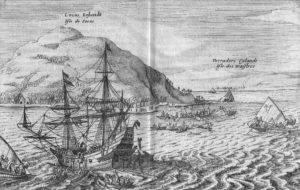
Jacob’s father, Isaac, a merchant from Amsterdam who wanted to see something of the outside world, had formed a partnership with Willem C. Schouten, an experienced seaman already familiar with the East Indies. The company set out in two ships: the Eendracht and the Hoorne. The first set sail on 25 May 1615, with the second following about a week later. Early in December of that year, off the Patagonian coast of South America, the Hoorne burned, and the combined crews were forced to continue their voyage in the Eendracht.
As the Eendracht sailed west across the Pacific, its crew encountered many islands in the Polynesian group. But it lingered at two islands fairly near Fiji: Tafahi and Niuatoputapu. “At both places a friendly intercourse was established with the native inhabitants; trade was going on, the crew went ashore and the native chiefs paid visits on board. Here it was that [Jacob] Le Maire made two vocabularies: one in each group” (Kern 1948:218). However, because that part of the Pacific was only very roughly charted, Le Maire thought that he, like Mendaña, had reached the Solomon Islands, a name that his successors attached to the word lists. Le Maire’s two vocabularies combined consist of some 150 items, a considerable increase in size over Mandaña’s samples.
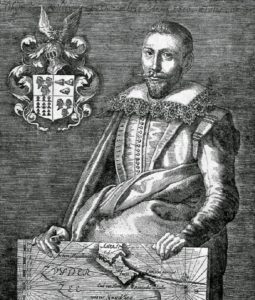
It is not clear whether the ultimate purpose of the collection was to satisfy intellectual curiosity, to serve some practical end, or to do both. Today they serve at least the first purpose. For example, it is satisfying to find Wacka in one list and puacca in the other, both referring to ‘pig’, for it refutes one of those folk etymologies that have come to be believed even by some Pacific Islanders themselves. Intrigued by a chance resemblance of sound, and ignoring widespread cognates, some amateur philologists have stated with conviction that the word was from English porker (e.g., Henderson 1933:229n, Thurston 1881:162–69).
Another point of view maintained just as firmly that the word came from Spanish (Fison 1907:xlii–xliii):
The word for Pig in Fijian is Puaka, or Vuaka. In other groups we find it as Puaka, Buaka, Pua’a, Bua’a, the apostrophe denoting a curious break or catch in the pronunciation, which in the South Seas languages invariably marks the absence of a consonant which has been dropped.[4] Spanish words are of frequent occurrence in more than one of these languages, and in them we see traces of the old adventurers who roamed the South Seas in search of El Dorado, the Golden City, the Fountain of Youth, and who knows what other phantom. It is almost certain that Puaka comes from Puerco or Puerca, and that the animal which it represents was brought to Fiji, or to one of the neighboring groups, by the Spanish voyagers …
(The main problem with this explanation is that it ignores the widespread use of the word in Fijian and Polynesian languages, and the regularity of the sound correspondences—features of native, not borrowed, words.)Although later ’s lists inspired the idea that many of the languages of the Pacific belonged to one far-reaching family, at first they were not very useful to those who tried to use them for more practical purposes. In Abel Tasman’s account of his contact with the Māori people in December 1642, he wrote [$original? ] 1898:19) that as a group approached his ship in a canoe, they called out several times, but we did not understand them, their speech not bearing any resemblance to the vocabulary given us by the Hon. Governor-General and Councilors of India, which is hardly to be wondered at, seeing that it contains the language of the Solomon islands, etc.
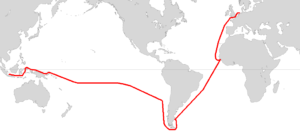
Still, the misnamed languages represented on the lists were not so very different from Māori. With some perseverance, the two groups might eventually have found words that they could both understand, especially those for water and the food items they sought. However, as the quotation shows, there was no instant communication.
At Tonga the next month, Tasman tried to use the lists again, with similar results:
They called out to us several times, to which we responded in the same way, but we could not understand each other … We now showed them an old cocoa-nut and a fowl, and with the aid of our vocabulary inquired after water, hogs, etc.,[5] they did not understand us, nor we them, but they constantly kept pointing to the shore.
Time and experience lessened these difficulties. Eventually, it was necessary to barter for provisions, thus opening the door to some communication. In a later entry Tasman wrote: “… after staying here for some time we again asked after the Aisy or Latouw[7] (which in their speech means king or chieftain).”
From our language-centered point of view, it is unfortunate that Tasman had no opportunity to speak with Fijians. But as he maneuvered through Fiji’s reefs in 1643, his main concern was for the safety of his ship. If he had tried to communicate with the Fijians, he might have been more successful than in his previous encounters with the Māori and the Tongans, for by now he had improved on Le Maire’s lists. Sometime after leaving Fiji,[8] he reported passing an inhabited island:

We called out to them the words Aniew, Oufi, Poucka,[9] etc. (meaning cocoa-nuts, yams, hogs, etc.), which they seemed to understand, for they pointed to the shore, as if they wanted to say: they are there.
Had he been able to try out these words on the Fijians, they would almost certainly have recognized them as niu, uvi, and vuaka. But the first recording of Fijian words was postponed for an unusually long period—over 130 years.
References
[1] See Dalrymple 1771 (1967) for an account of this voyage.
[2] Dalrymple 1771 (1967).
[3] Pacific Voyages, p. 247.
[4] The phrase “absence of a consonant” is incorrect. Nothing has been “dropped,” but in the history of the languages, certain consonants have been replaced. The “curious break” refers to a glottal stop, which is a consonant; its phonetic symbol is [Ɂ].
[5] Here are Le Maire’s transcriptions for the words in question: alieuw ‘coconut’, omo ‘fowl’, waij ‘water’, wacka, puacca ‘pig’. Although the first two items are garbled, the last two should have produced results with the Tongans.
[6] Beaglehole 1966, facing p. 98.
[7] The s is a misprint or the result of a mistranscription. The original list has ariki, corresponding to aliki in modern Futunan. As for the second form, the original has Latou, or Latau, corresponding to latu in Futunan (Rensch 2000). See also Anderson’s quotation at the beginning of 1.2.
[8] The adjusted compass bearings are Lat. 3°, Long. 148° 10´, which places him somewhere near New Ireland in the Bismarck Archipelago.
[9] Note that the spellings are slightly different from those on the Le Maire list. The l in alieuw has been corrected to n (assuming that it was other than a printer’s mistake to begin with; in Hawaiian, for example, l and n alternate in some words), and the spelling for pig has been altered somewhat.
©2022 Dr. Albert J. Schütz




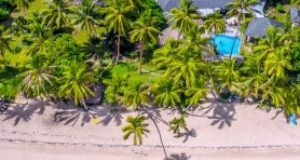
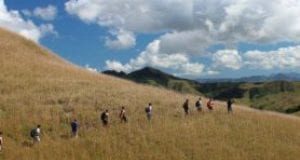
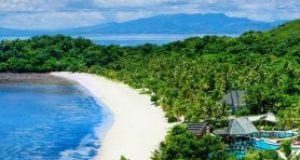
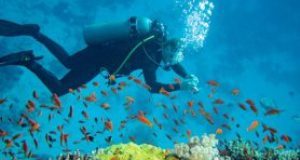
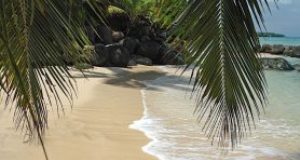
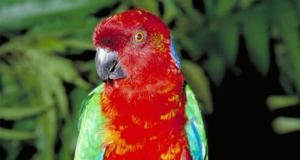
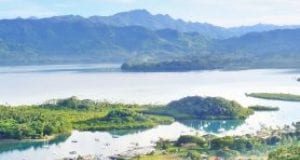

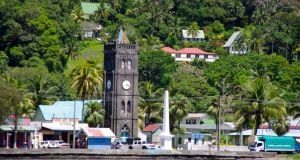
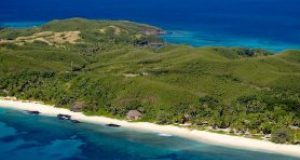


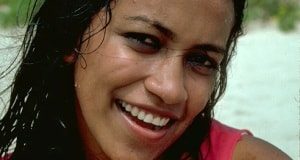

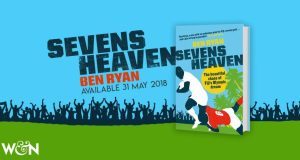
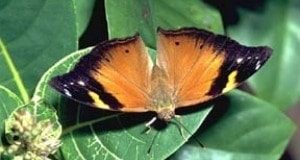

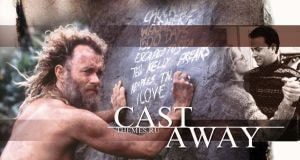

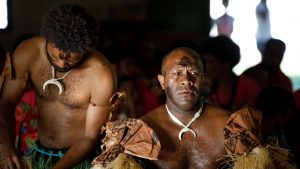
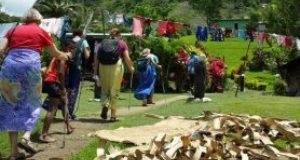

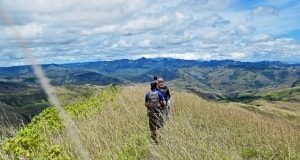
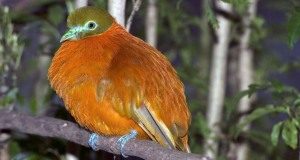

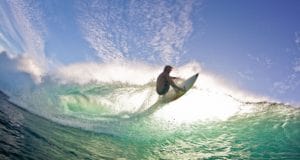
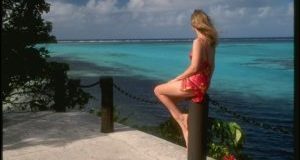





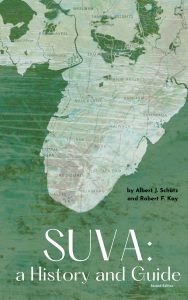
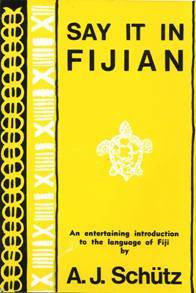
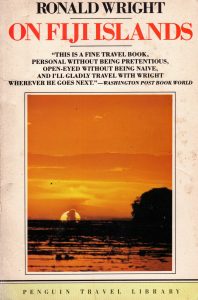
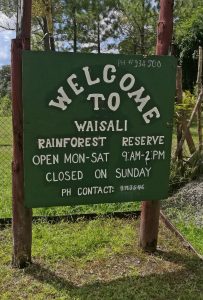
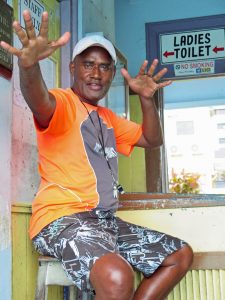
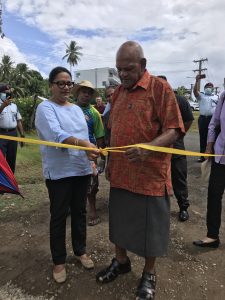

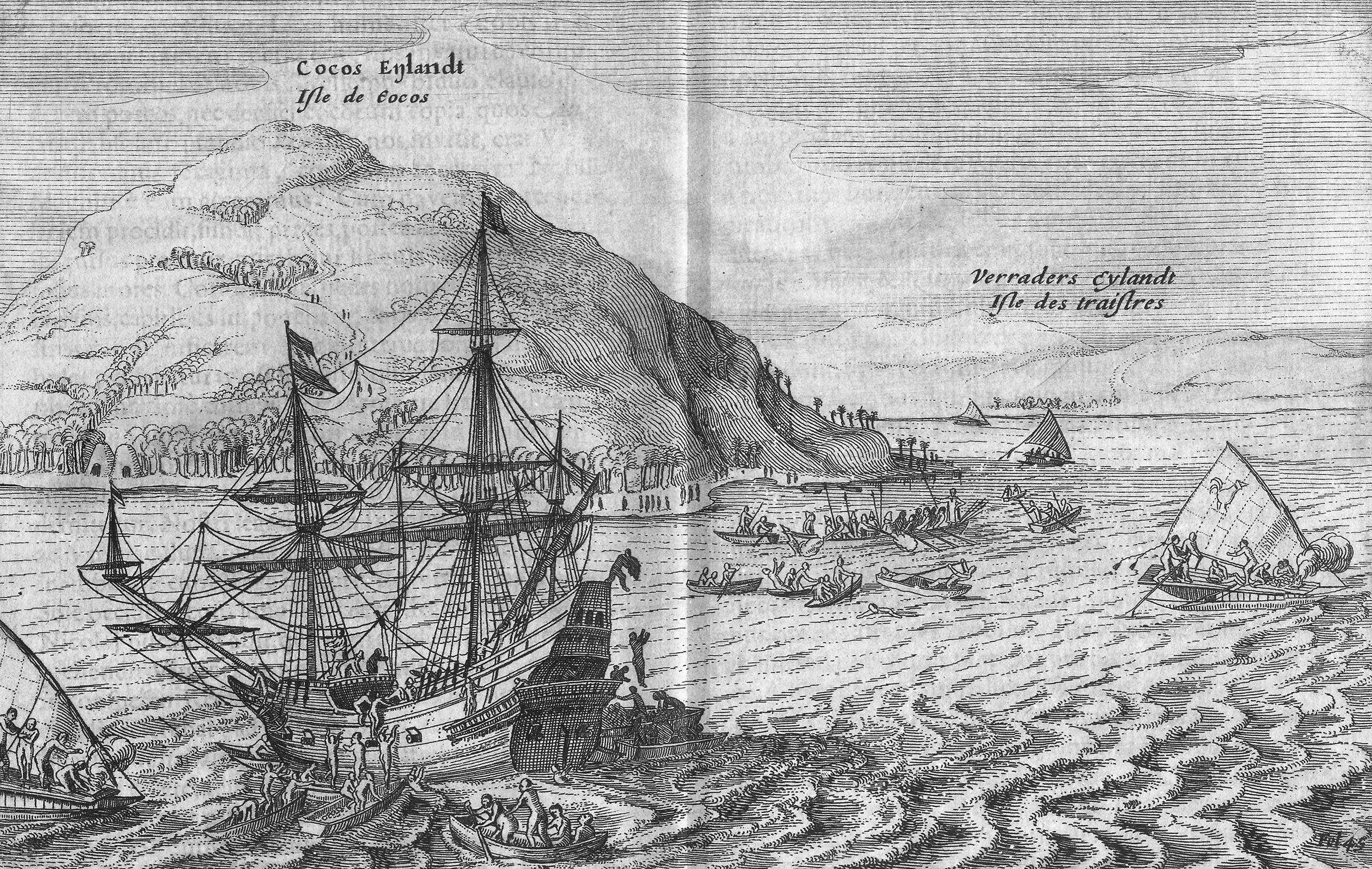
Leave a reply